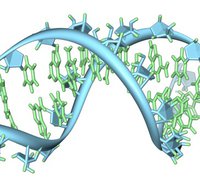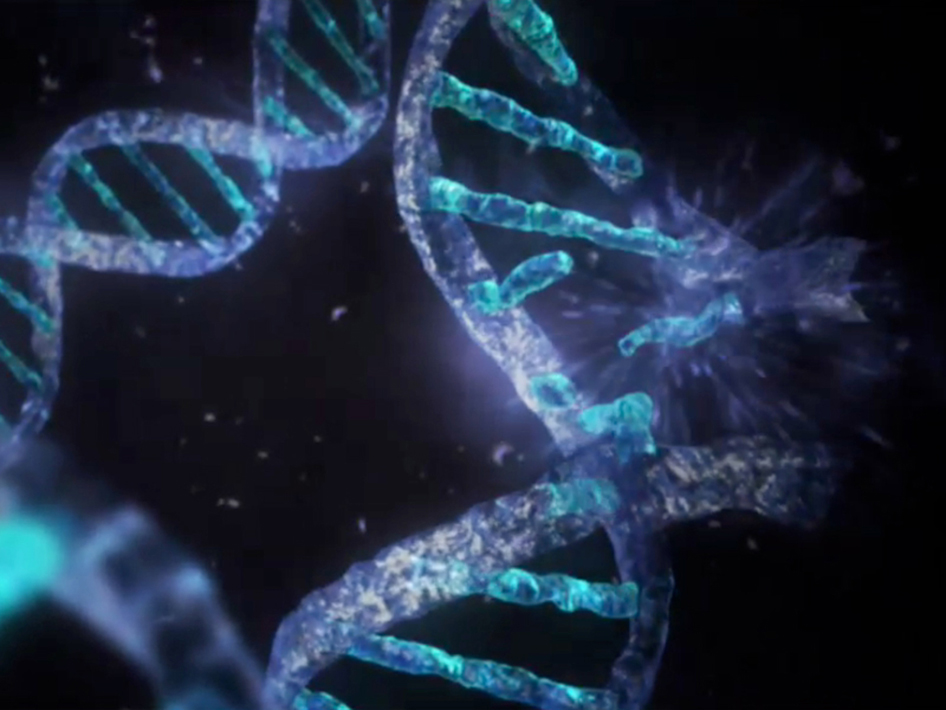
The origin of life is believed to have progressed through an RNA World, in which RNA acted as both genetic material and functional molecules. Understanding early evolution requires systematic knowledge of the relationship between RNA sequence and fitness, as well as environmental effects. In particular, knowing the structure of the fitness landscape of RNA is critical to estimating the probability of the emergence of functional sequences and the role of historical accident during evolution. Much theoretical work has been devoted to fitness landscapes, but experimental maps have been relatively limited. The Chen lab uses in vitro selection on a pool of short RNA sequences that nearly saturates sequence space to reconstruct the form of a comprehensive fitness landscape. They also consider how spatial structure affects the degree to which chance determines evolutionary outcomes.
 A Talk With Jim Green
A Talk With Jim Green What Can Extant Genomes Reveal About Early DNA Metabolism?
What Can Extant Genomes Reveal About Early DNA Metabolism? What We Talk About When We Talk About Earth's Oxygenation
What We Talk About When We Talk About Earth's Oxygenation Bowling With Astrobiologists: A Twisted Path Toward the Origin of DNA
Bowling With Astrobiologists: A Twisted Path Toward the Origin of DNA